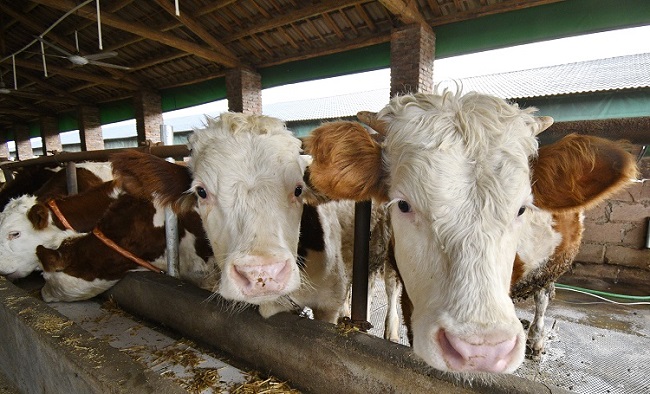China's Ningxia Hui autonomous region achieved a regional GDP of 111.41 billion yuan ($16.99 billion) in the first quarter, a year-on-year increase of 5.2 percent. It ranked 15th in the country, and was 0.4 percentage points higher than the national level.
Since the beginning of this year, the region has implemented a series of inclusive and targeted measures to ensure that the economy remains within a reasonable range, and focused on stabilizing economic development.
In the first quarter, its fixed asset investment grew by 14.9 percent year-on-year, which was a 1.7 percentage points faster rise than that from January to February and 5.6 percentage points higher than the national level.
The region's general public budget revenue stood at 13.33 billion yuan, up 18.5 percent year-on-year, of which tax revenue was 9.5 billion yuan, with an increase of 35 percent.
As of the end of March, the region had planted 755,000 mu (50,333 hectares) of spring wheat, an increase of 329,000 mu and 77.2 percent more than was planted in 2021, and completed 111 percent of the planned sowing of 680,000 mu.
The stock of beef cattle, sheep and poultry in the region rose by 9.4 percent, 8.4 percent and 19 percent respectively year-on-year.

The stock of beef cattle, sheep and poultry in the region increased by 9.4 percent, 8.4 percent and 19 percent respectively year-on-year. [Photo provided to chinadaily.com.cn]
The total number of dairy cows in the region was 720,100, a year-on-year increase of 16.6 percent, and the milk output was 776,100 tons, increasing by 19 percent. The total output value of agriculture, forestry, animal husbandry and fisheries in the region hit 11.91 billion yuan, a year-on-year increase of 6.6 percent.
In the first quarter, the total retail sales of social consumer goods in the region was 35.29 billion yuan, a year-on-year increase of 3 percent, indicating that the consumer market has steadily recovered.
The added value of industries above designated size in the region increased by 6.9 percent from a year earlier, which was 0.9 percentage points faster than the increase from January to February and 0.4 percentage points faster than the national level.
The added value of the coal industry in the region increased by 9.2 percent year-on-year, and electric power jumped 14.8 percent.
Overall, the output of raw coal, feed, and dairy products all increased.